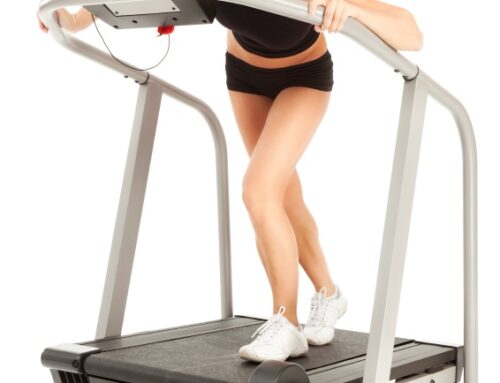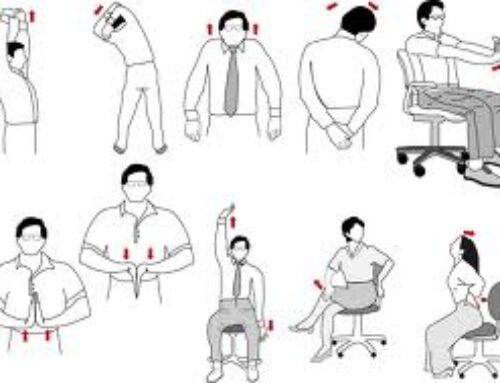
Springtime allergies brought on by pollen and ragweed can make you feel like skipping your daily run or outdoor workout, but you don’t have to. By taking a few precautions, you can still enjoy the fresh air and get some physical activity without suffering from sneezing, coughing fits and itchy, watery eyes.
Time It Right
The best way to reduce your risk of getting hit with allergy symptoms when you’re exercising outside is by keeping an eye on pollen levels in your area and going out when they’re lowest. This usually means aiming for a mid-day run or jog instead of an early morning or evening one. Pay attention to the weather as well. Pollen levels are at their worst on days when it’s windy, clear and warm.
Watch Where You Work Out
Be careful about where you exercise on days or during times when pollen levels are high. Stick to sidewalks for your daily run or jog instead of heading to the local tree-filled park or using running paths that go through large, grassy areas. You can also lower your exposure to pollen by getting physical activity in an outdoor area that’s mainly concrete instead of grass, such as tennis courts.
Keep Your Mouth Closed
Breathing through your nose instead of your mouth while exercising outdoors can help lower your risk of suffering from sneezing and other allergy symptoms. The air gets filtered when you breathe through your nose, which helps reduce the amount of allergens you’re inhaling.
Lower the Intensity
Switch to outdoor activities that are less intense during allergy season. These activities won’t have you breathing as hard, which means you’re inhaling fewer allergens. Go for a brisk walk instead of running or jogging, or do some yoga moves in your backyard.
![]()




Leave A Comment